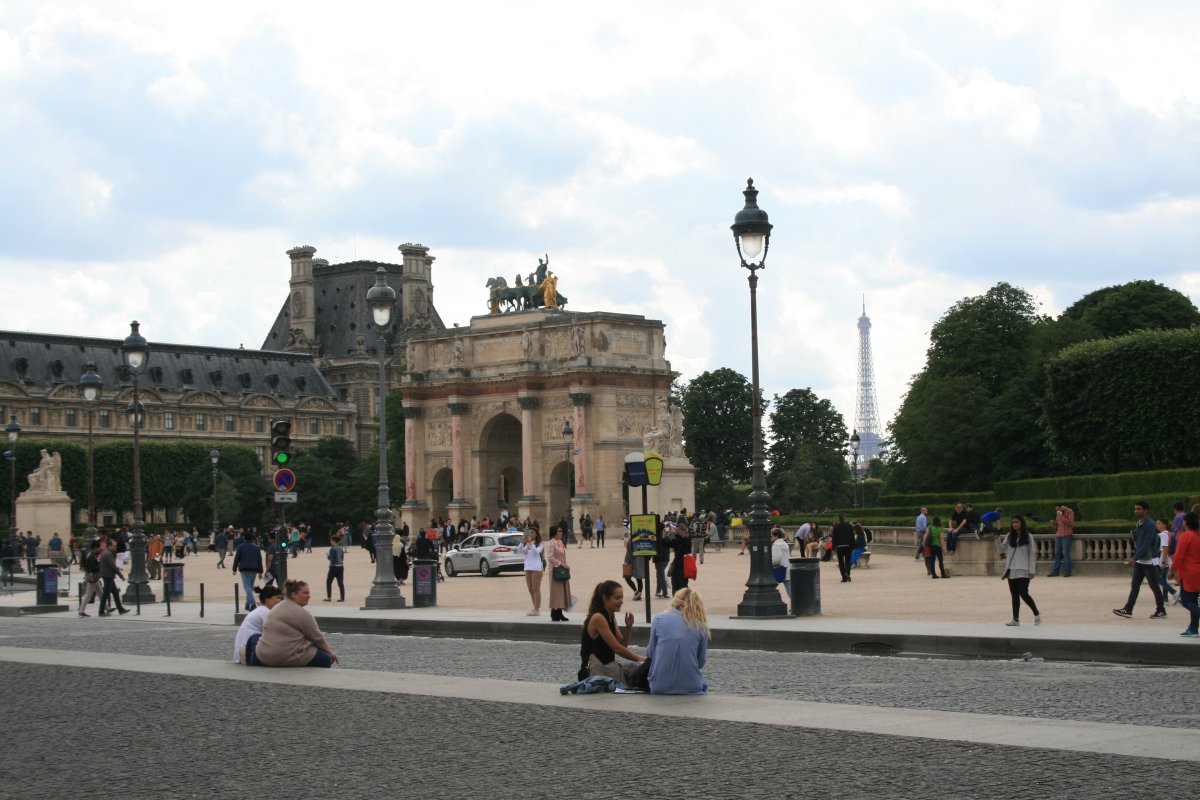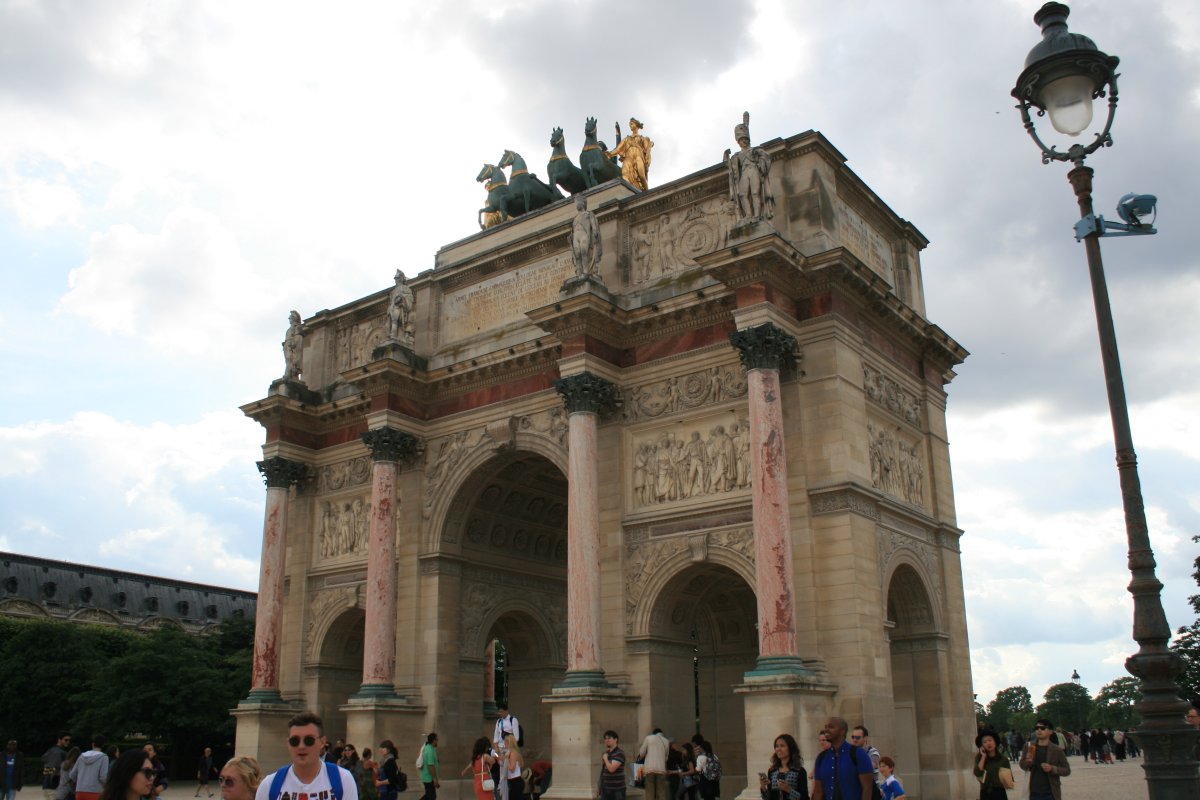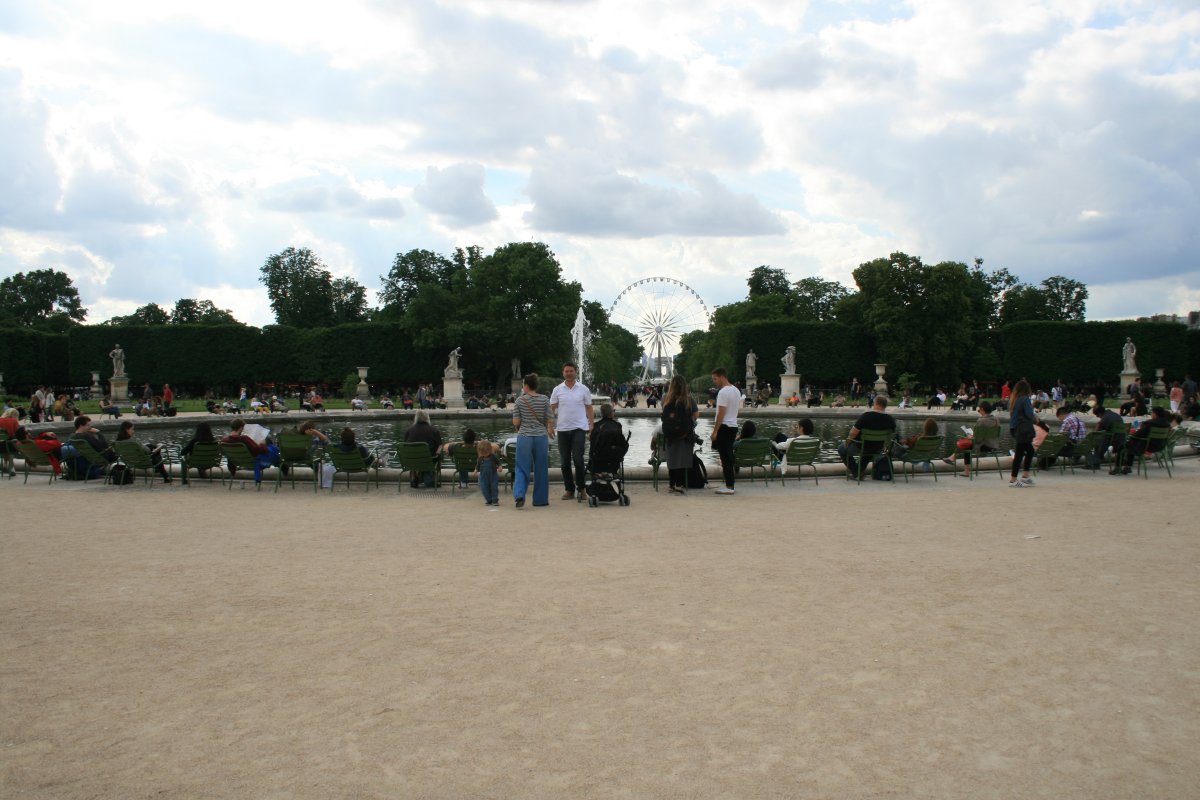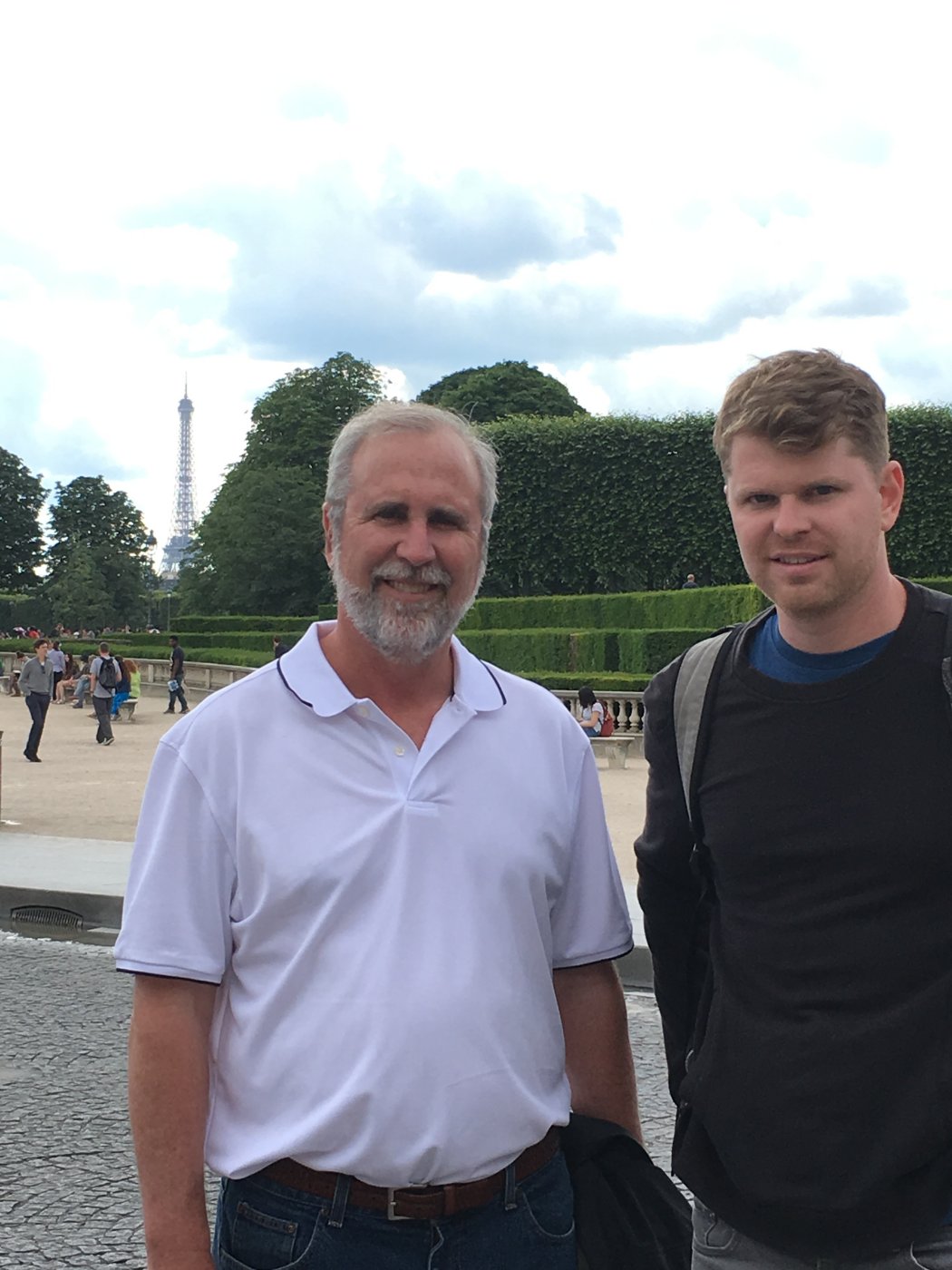France June 2016 - The Louvre

We took the metro into Paris, checked into our AirBnB, and then went to see the famous Louvre Museum.
Here Lynnette and Joe are standing in front of the glass pyramid surrounded by the Louvre Palace. The glass pyramid is the entrance to the Louvre.
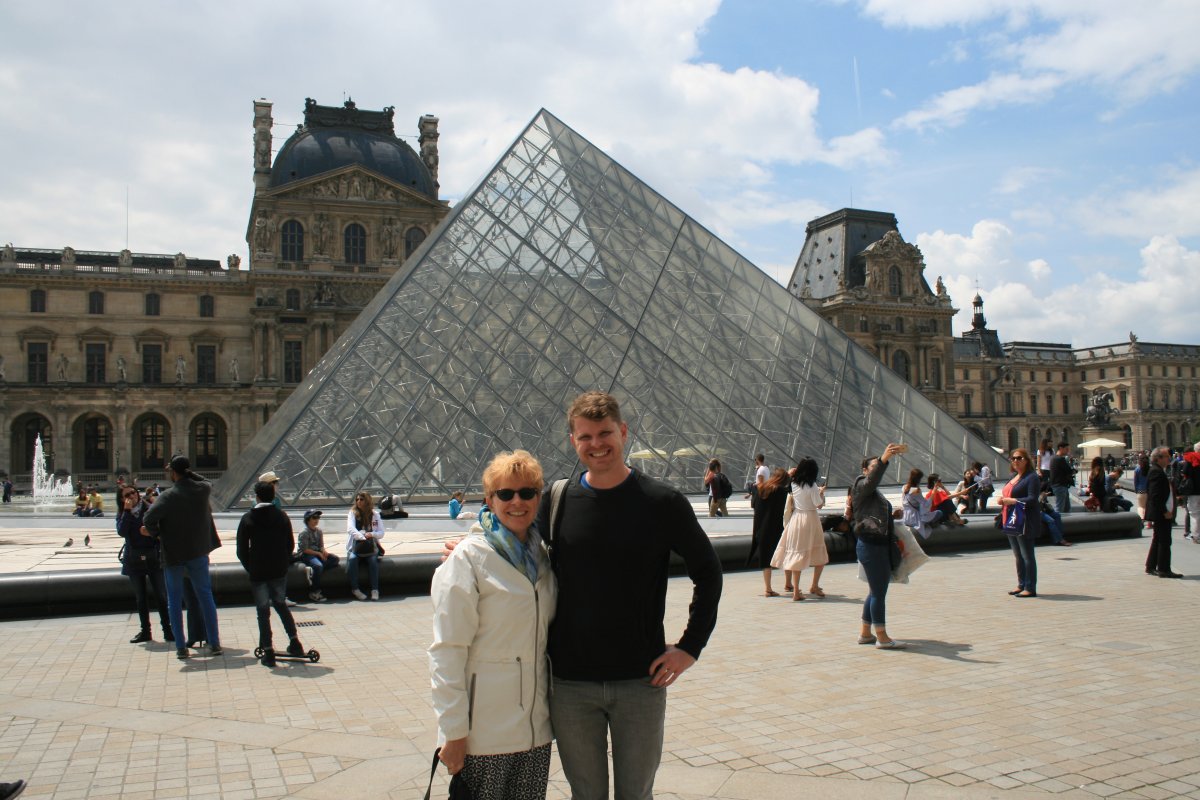

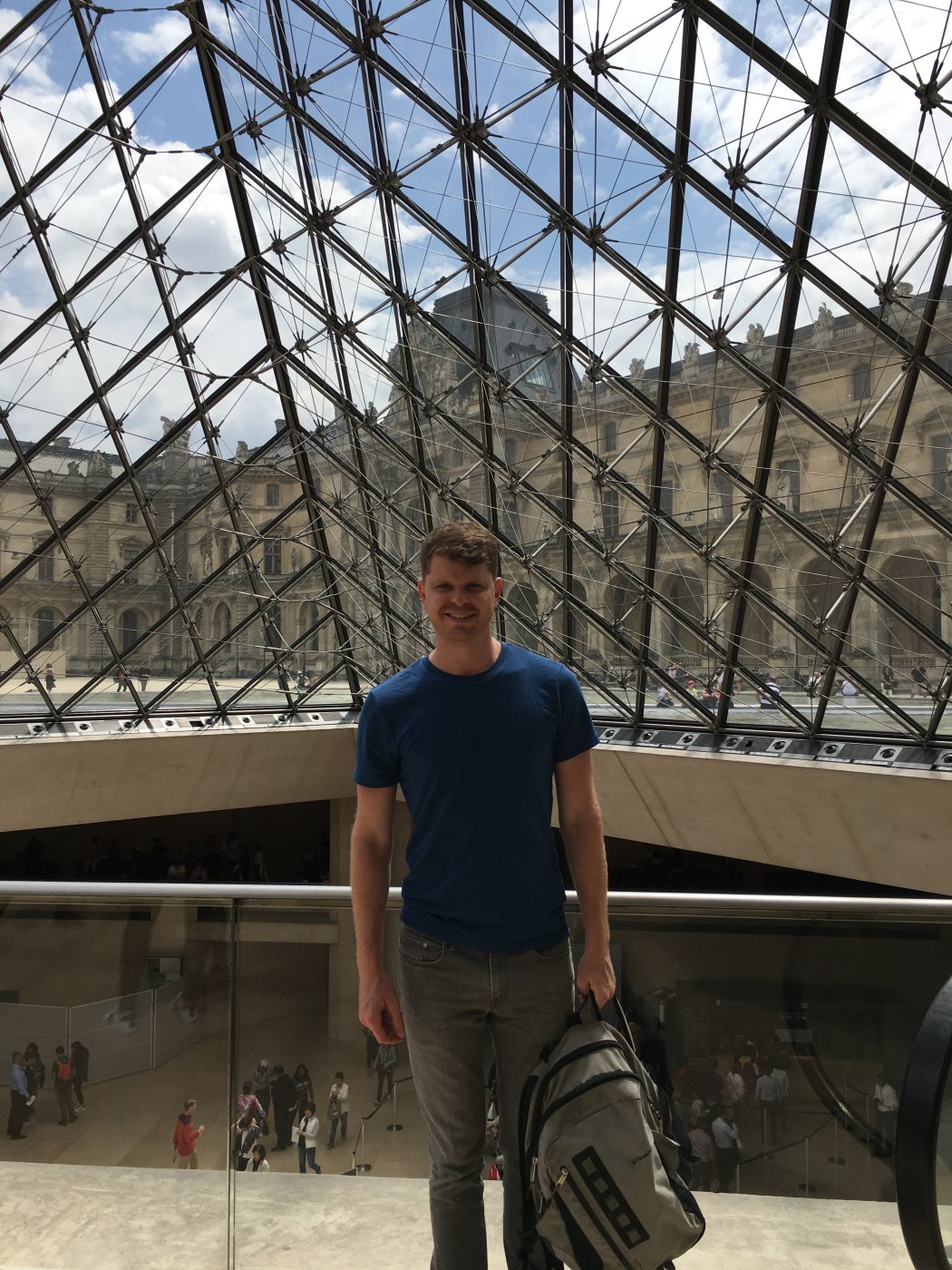
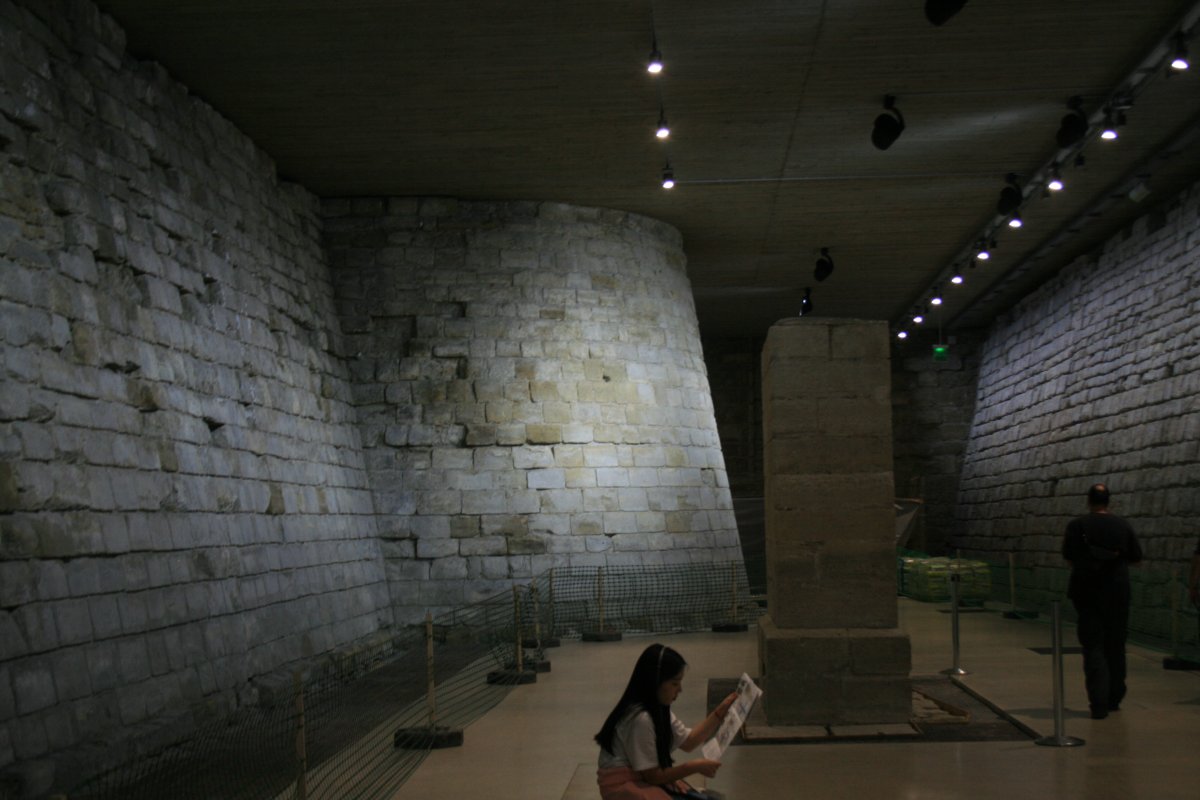
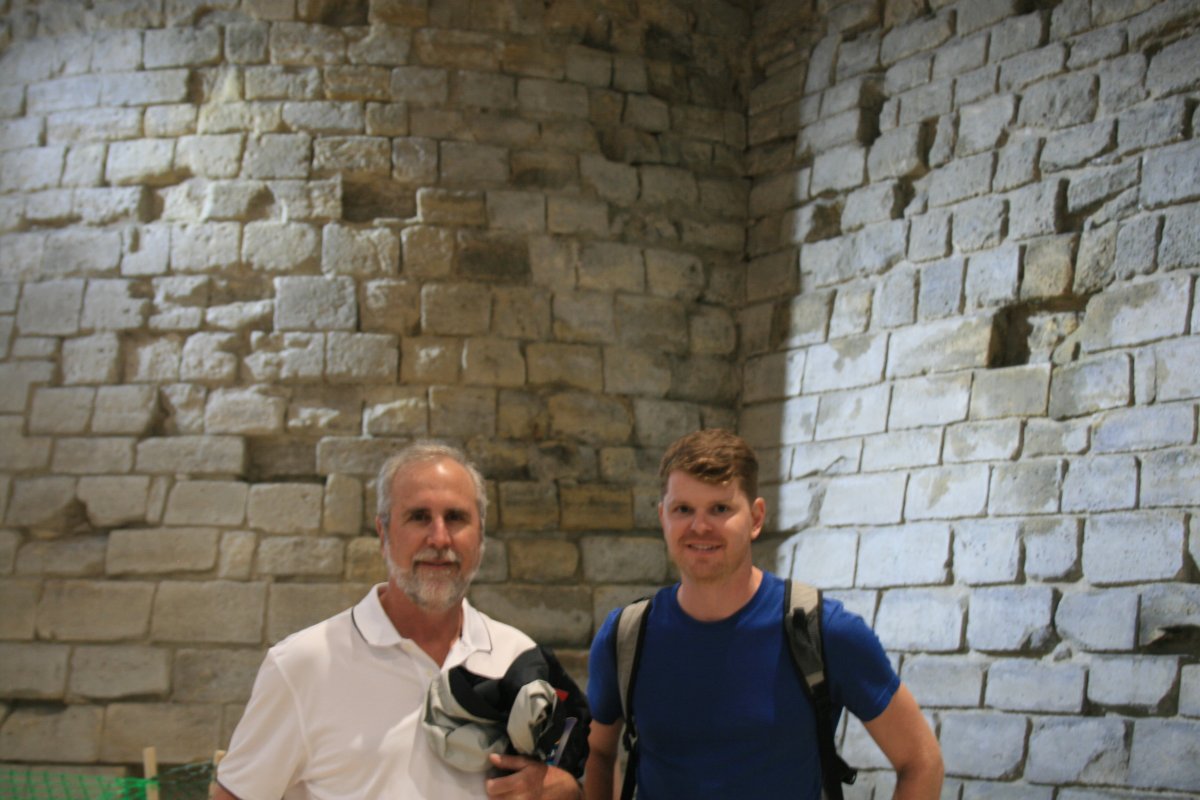
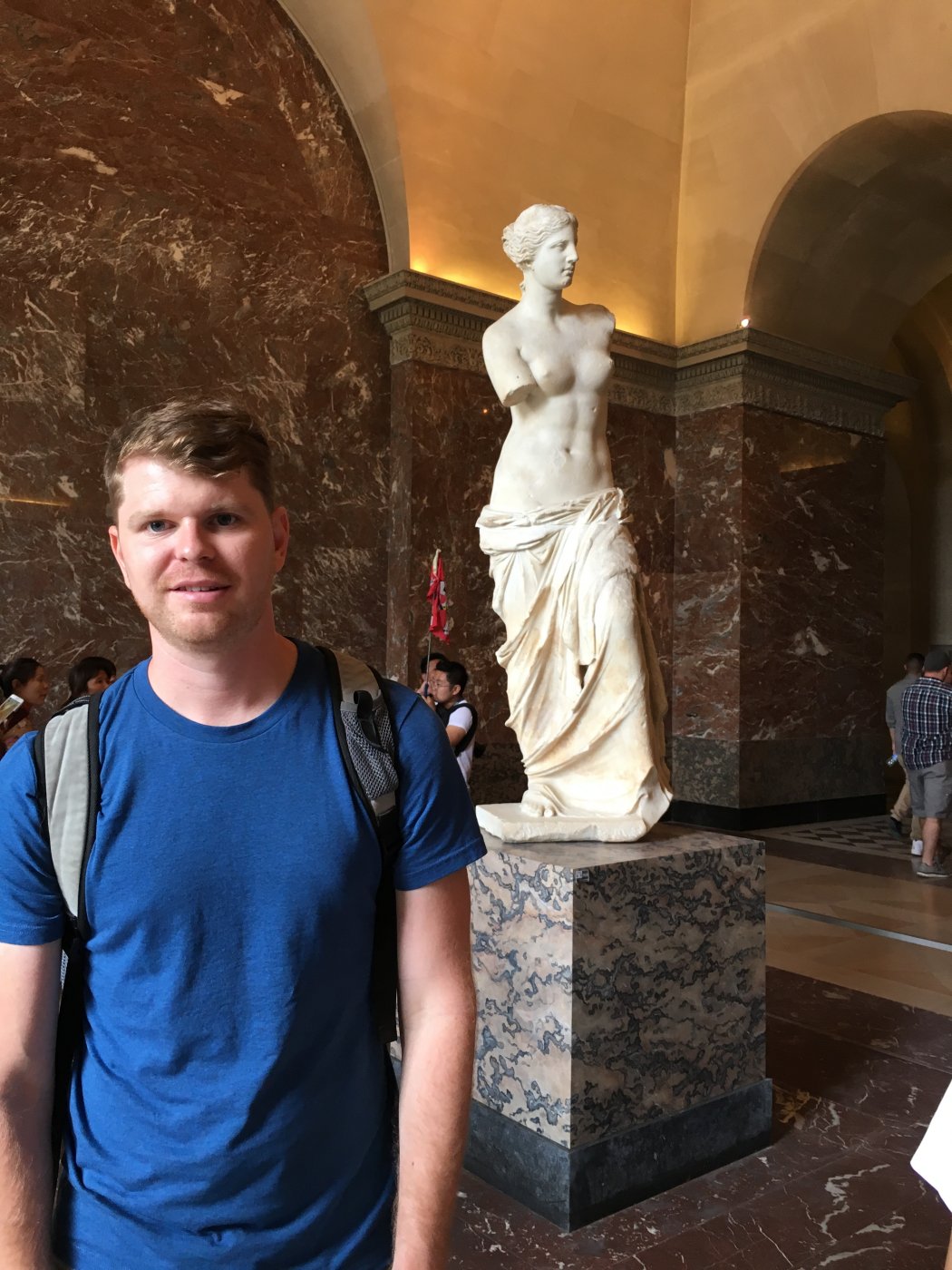
The statue is named after Aphrodite's Roman name, Venus, and the Greek island of Milos, where it was discovered. It is generally asserted that the Venus de Milo was discovered on 8 April 1820 by a peasant named Yorgos Kentrotas, inside a buried niche within the ancient city ruins of Milos.
In the autumn of 1939, the statue was packed for removal from the Louvre in anticipation of the outbreak of war. Scenery trucks from the Comédie-Française transported the Louvre's masterpieces to safer locations in the countryside. During World War II, the statue was sheltered safely in the Château de Valençay, along with the Winged Victory of Samothrace and Michelangelo's Slaves.
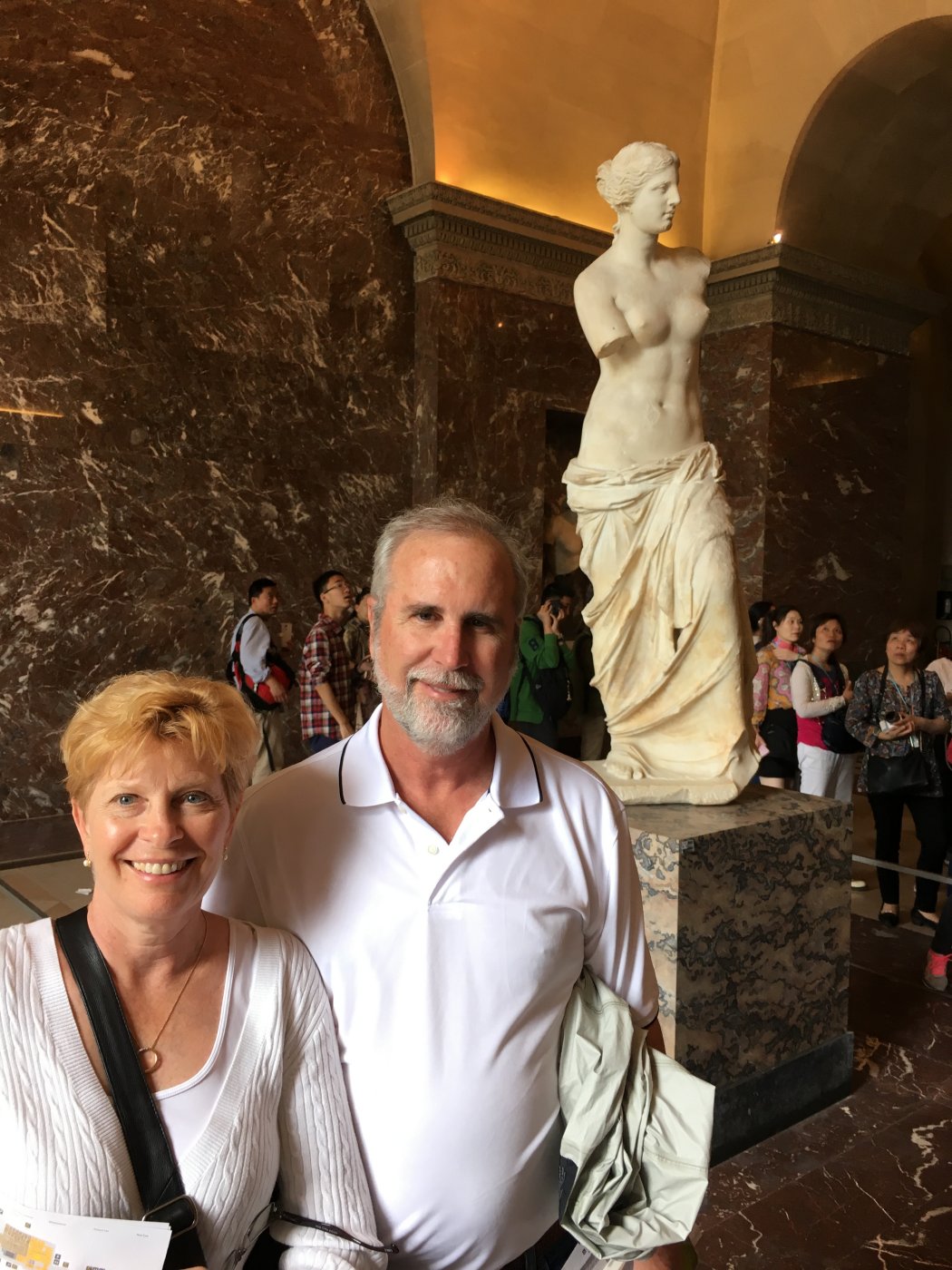

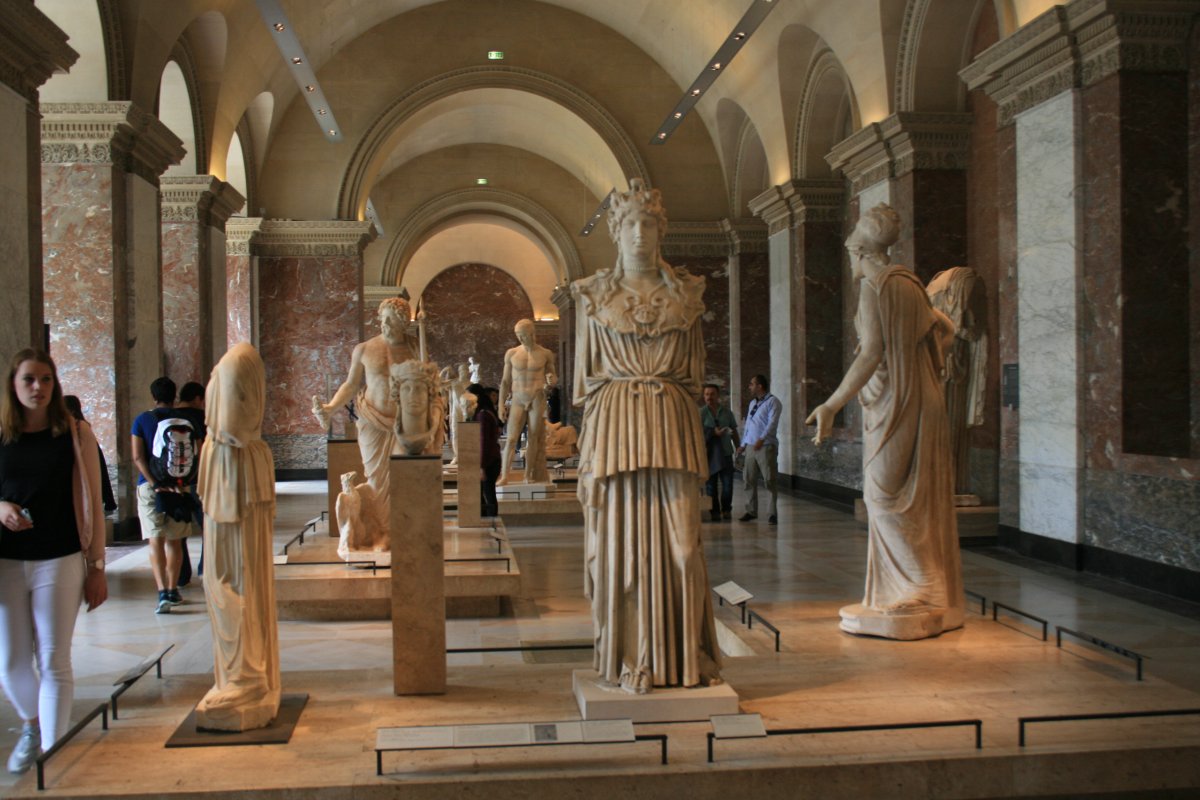
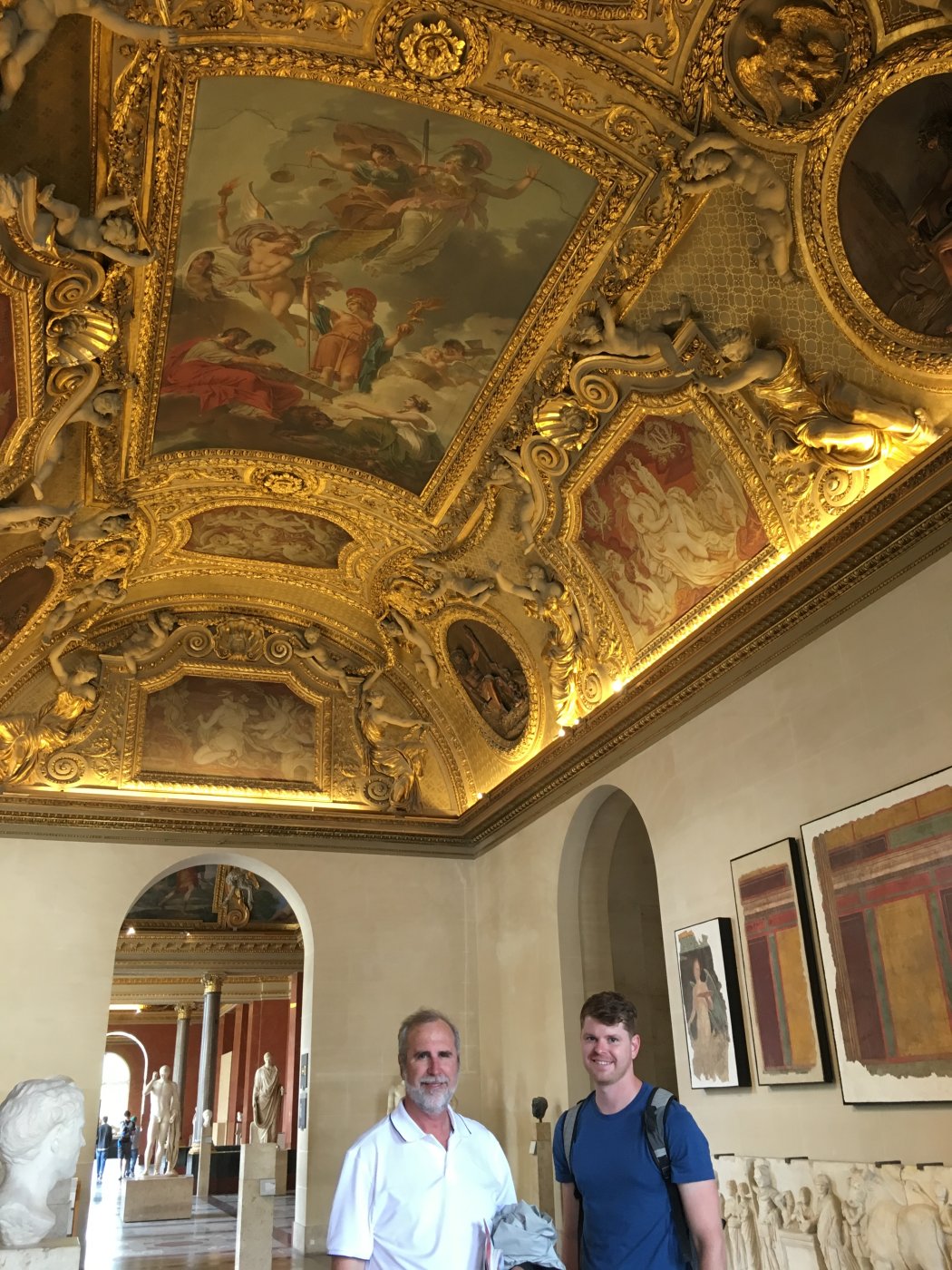
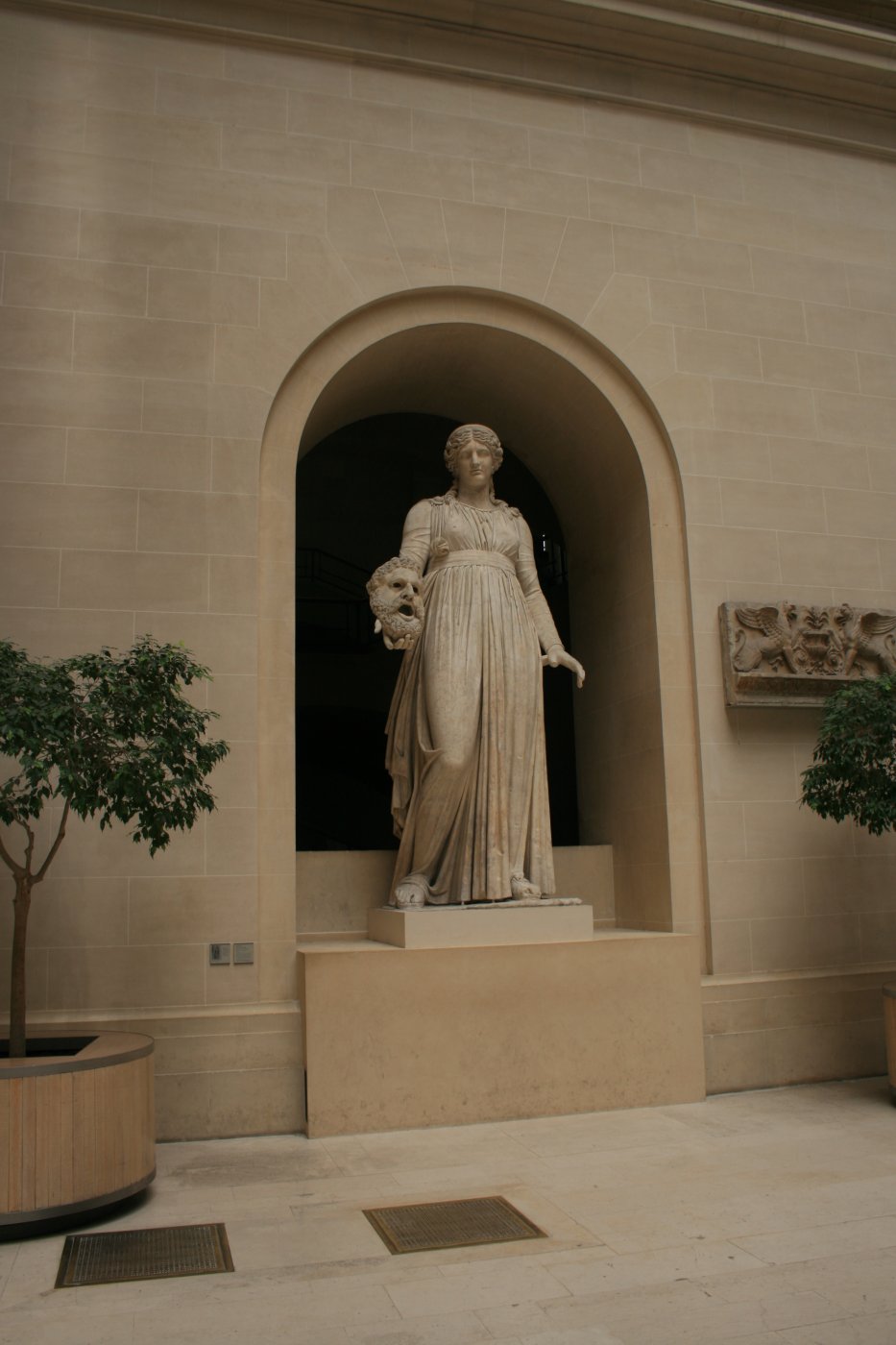
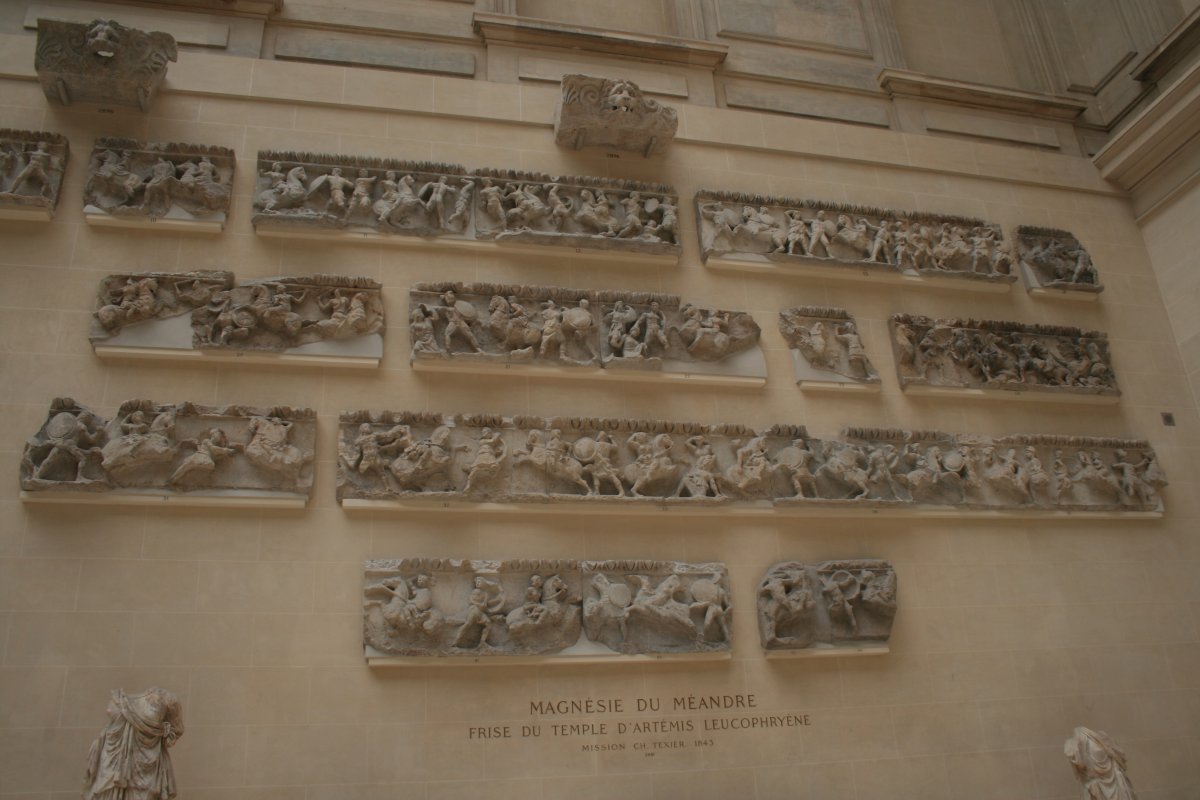
The magnificent Winged Victory of Samothrace. In 1863 an expedition uncovered the sculpture Winged Victory of Samothrace in the Aegean Sea. This piece, though heavily damaged, has been prominently displayed since 1884. It is believed to have been sculpted in 190 BC.
It must have been something to see in its complete, original form.
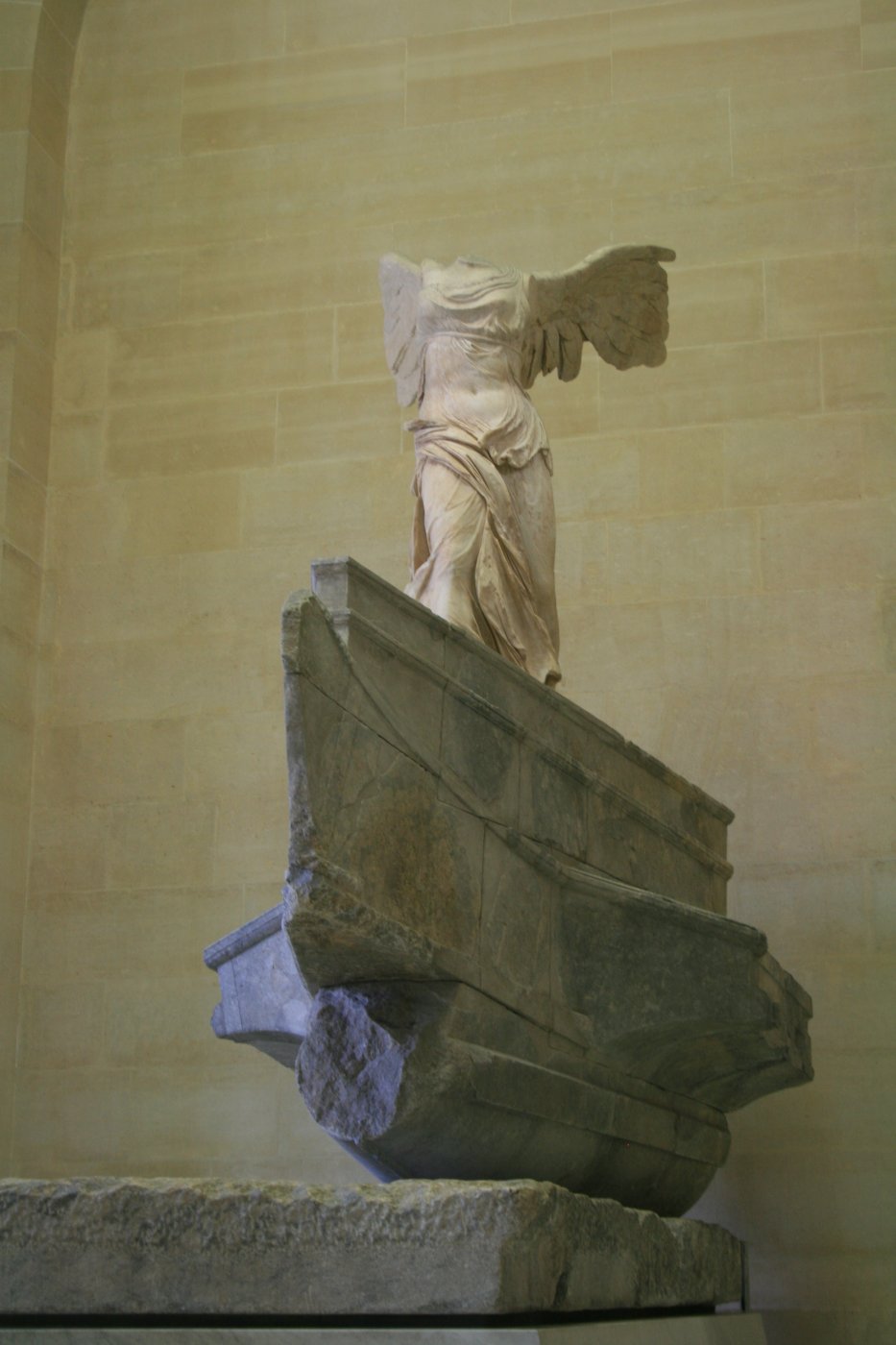
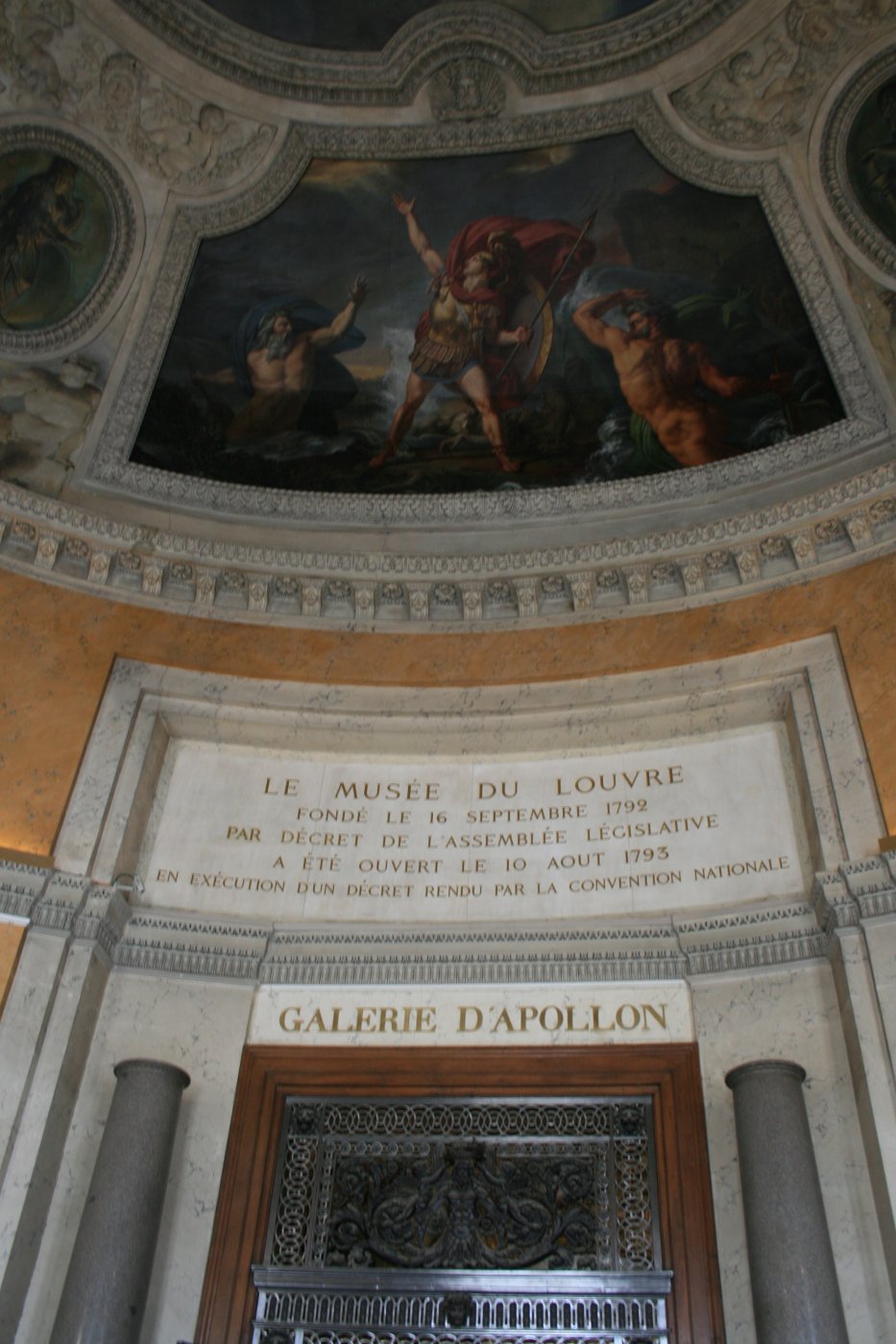
A great hall with amazing objects in the center.
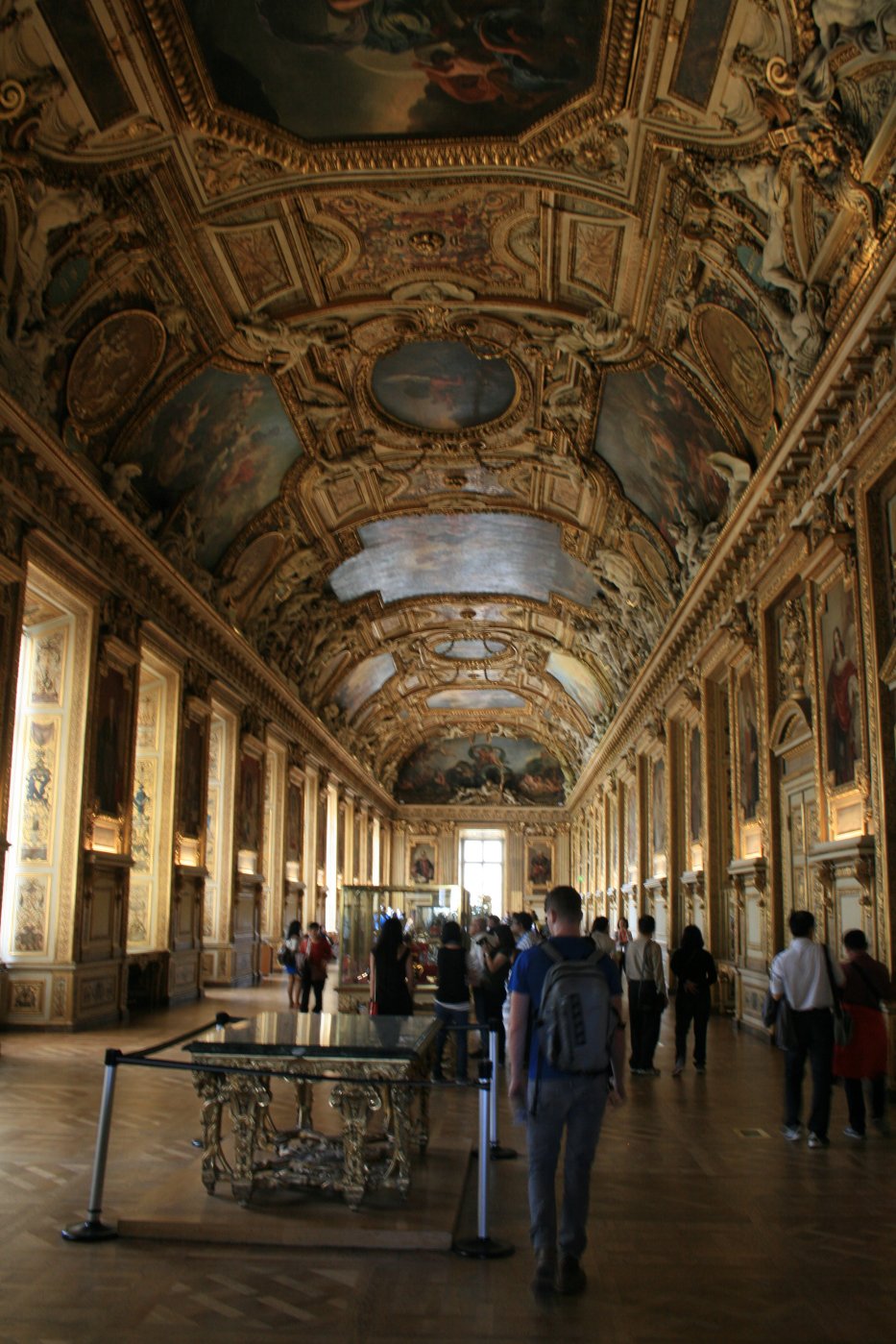

The great French landscape architect André Le Nôtre, the principal gardener of Louis XIV. His work represents the height of the French formal garden style, or jardin à la française. He designed the park of the Palace of Versailles, Vaux-le-Vicomte, Chantilly, Fontainebleau, Saint-Cloud and Saint-Germain. His contribution to planning was also significant: at the Tuileries he extended the westward vista, which later became the avenue of the Champs-Élysées and comprise the Axe historique.

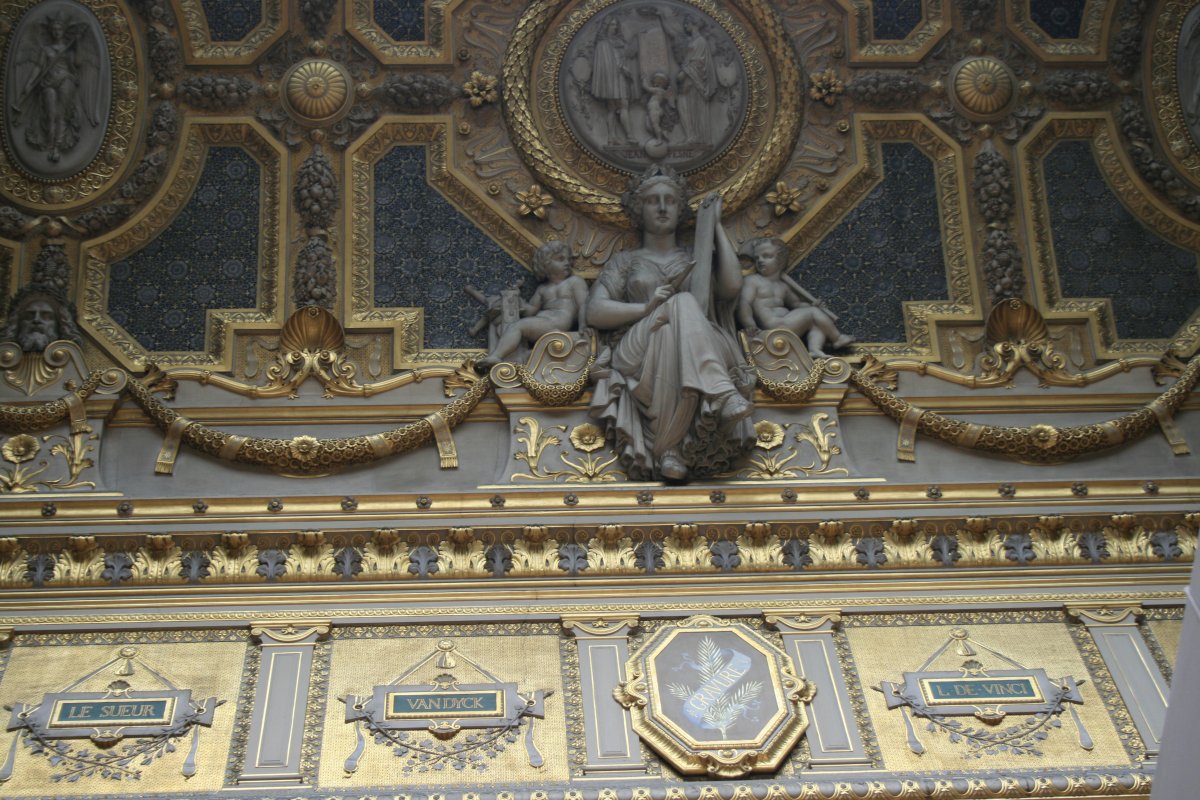
Of course, the most popular attraction at the Louvre is Leonardo da Vinci's Mona Lisa.
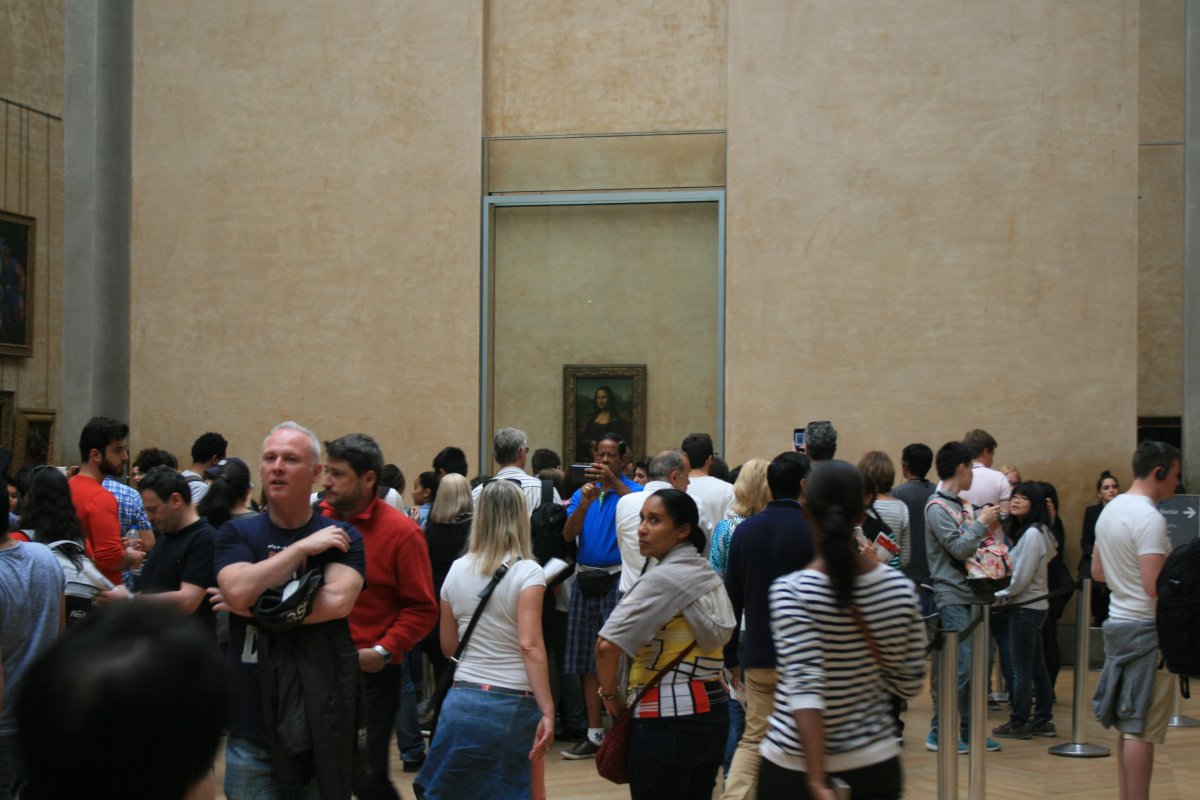
Personally, I've seen a lot of paintings which I think are better than the Mona Lisa. But, everyone has heard of the Mona Lisa, and for whatever reason, it is and probably always will be the most famous painting in the world.
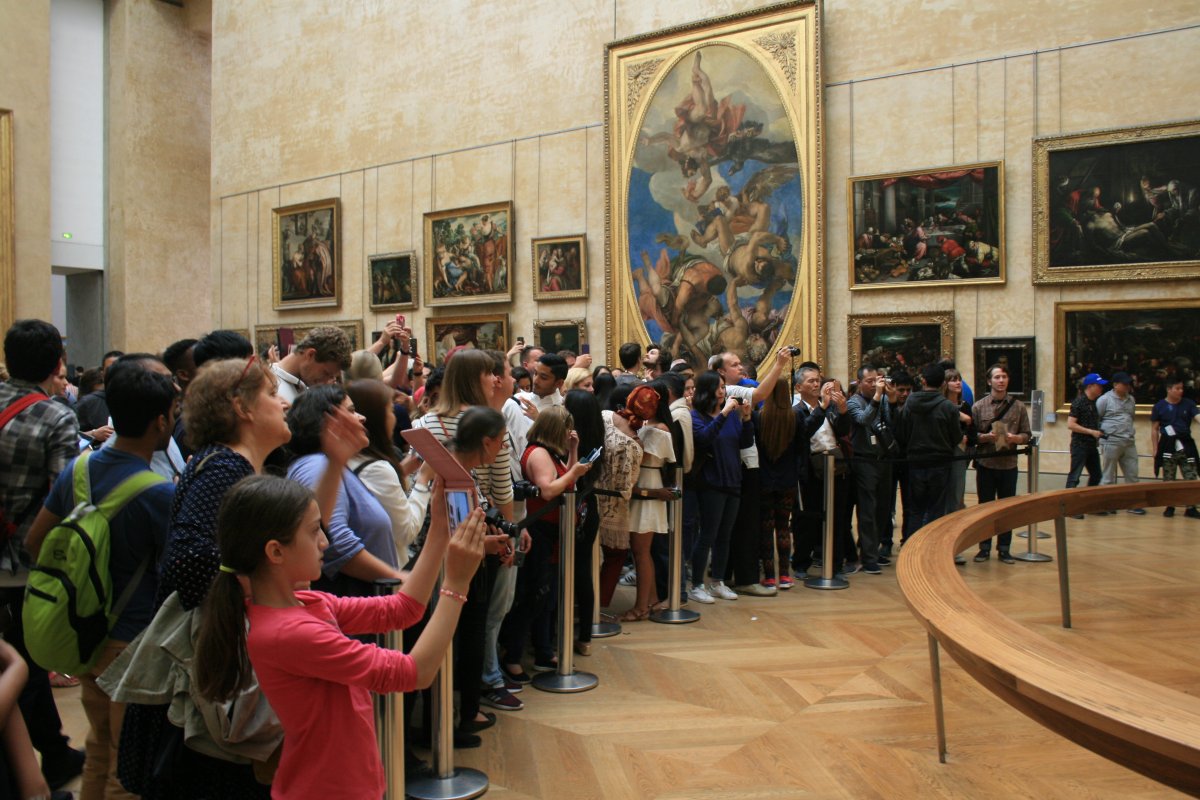

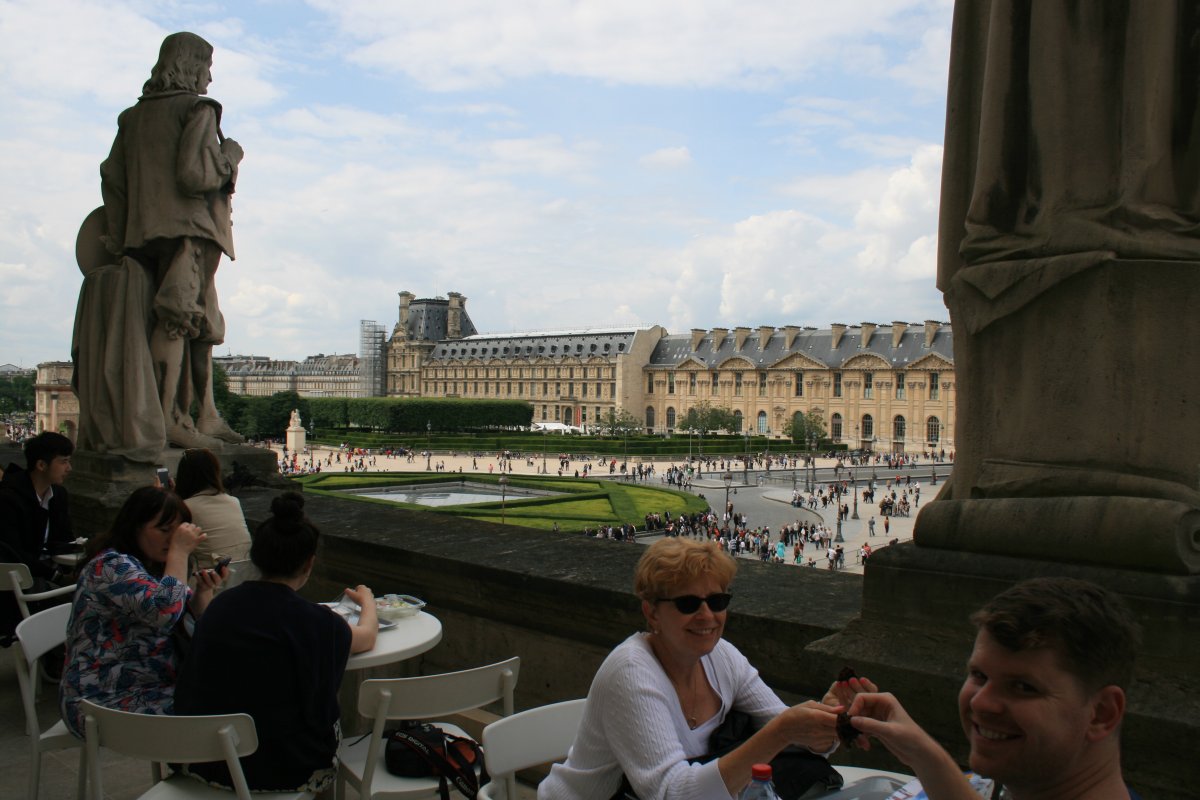
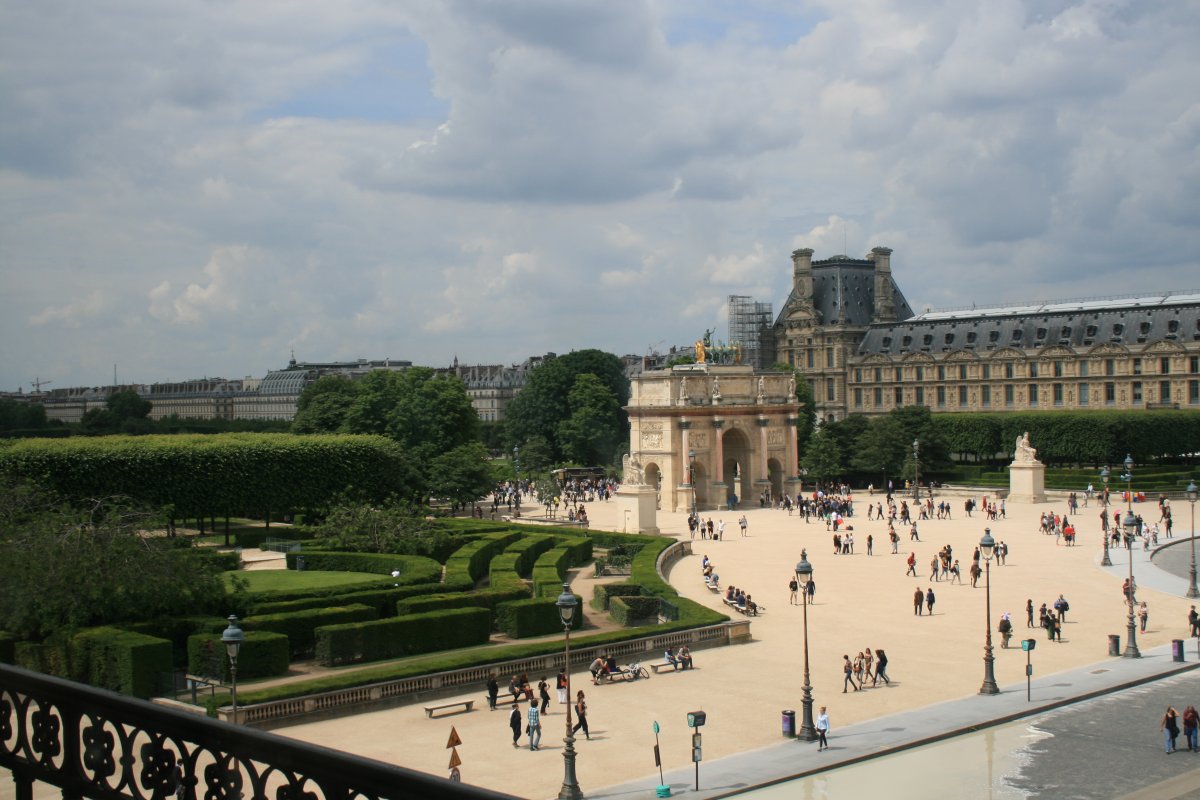
A good look at the Pyramid and part of the Palace.
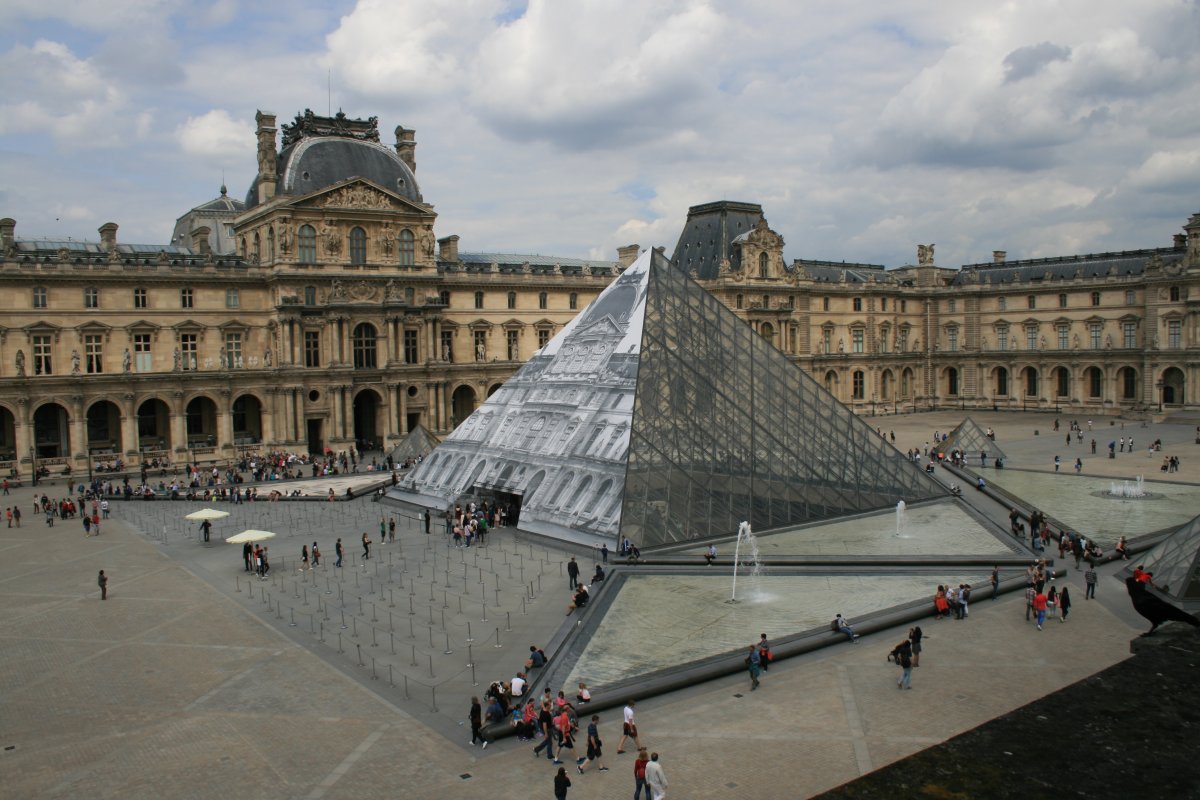
Continuing our visit, we came across this artifact from French Polynesia.
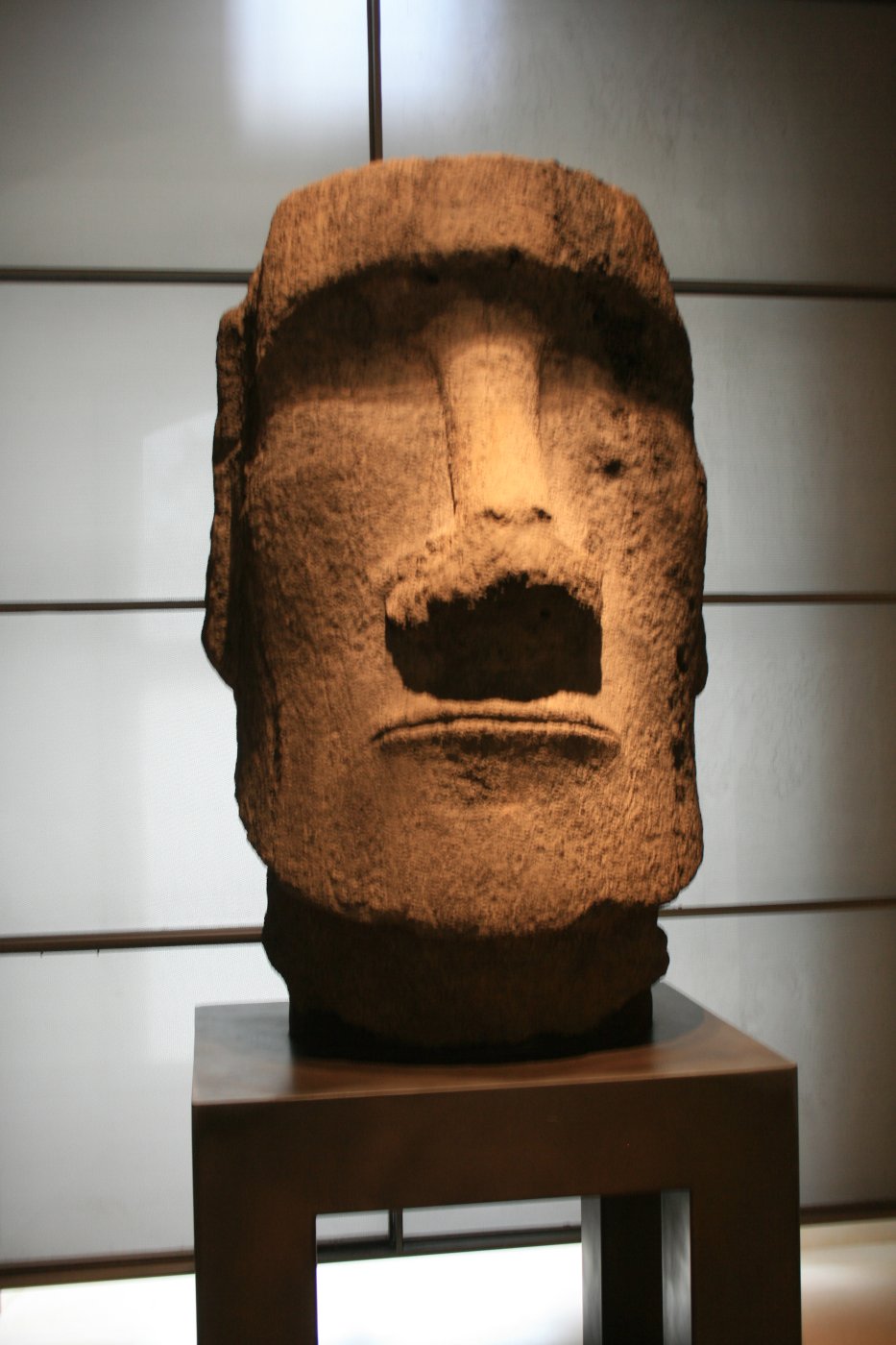
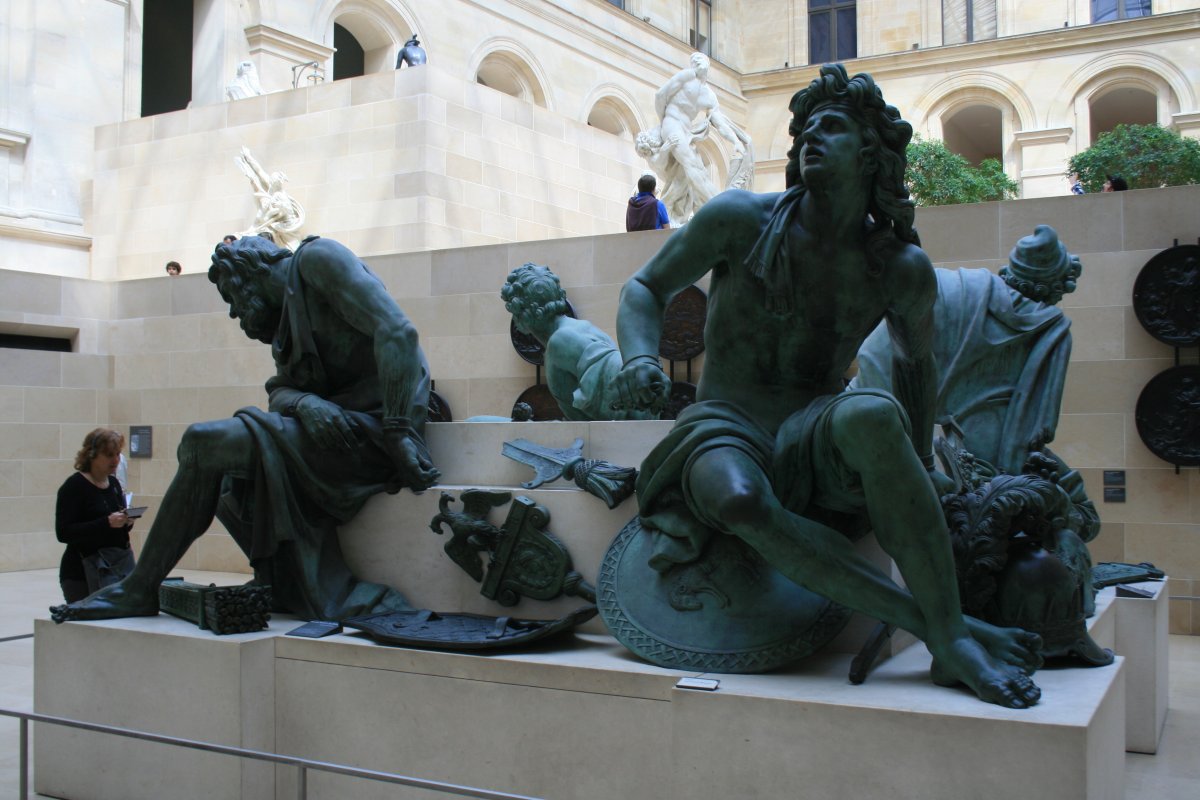


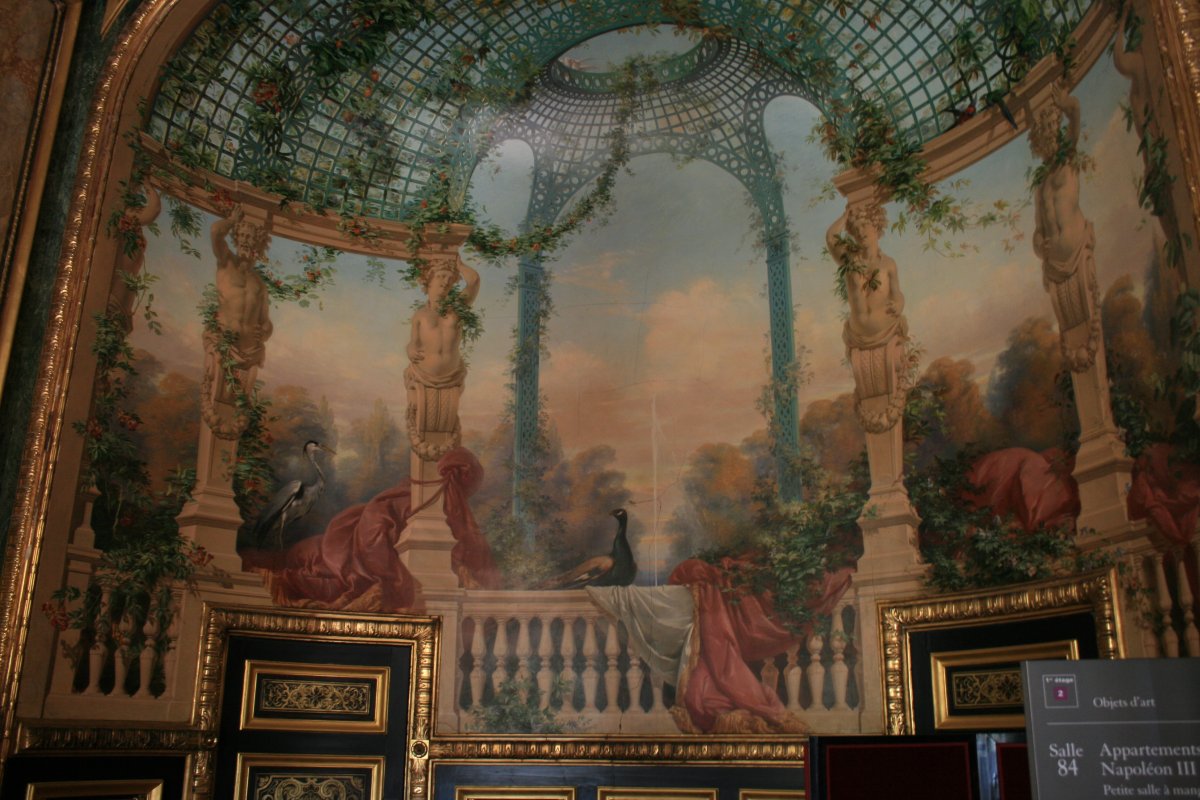
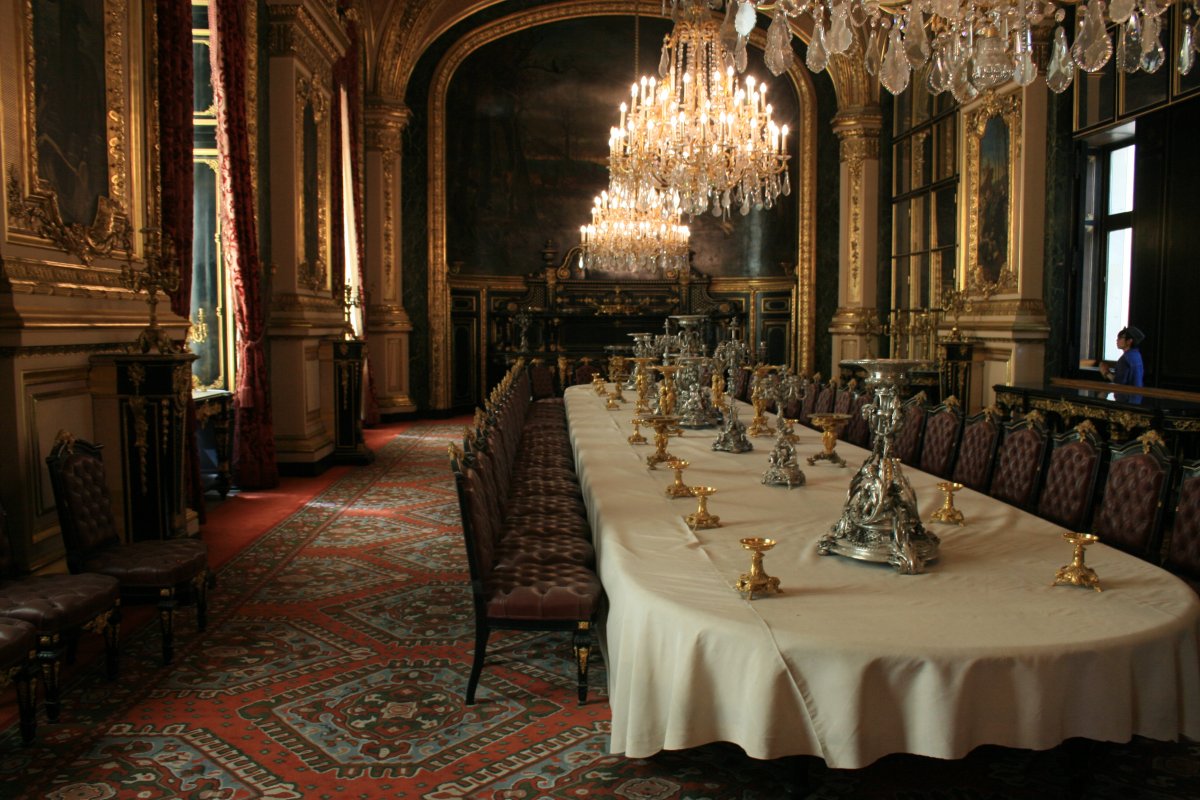
In this chair sat the great man: Napoleon.
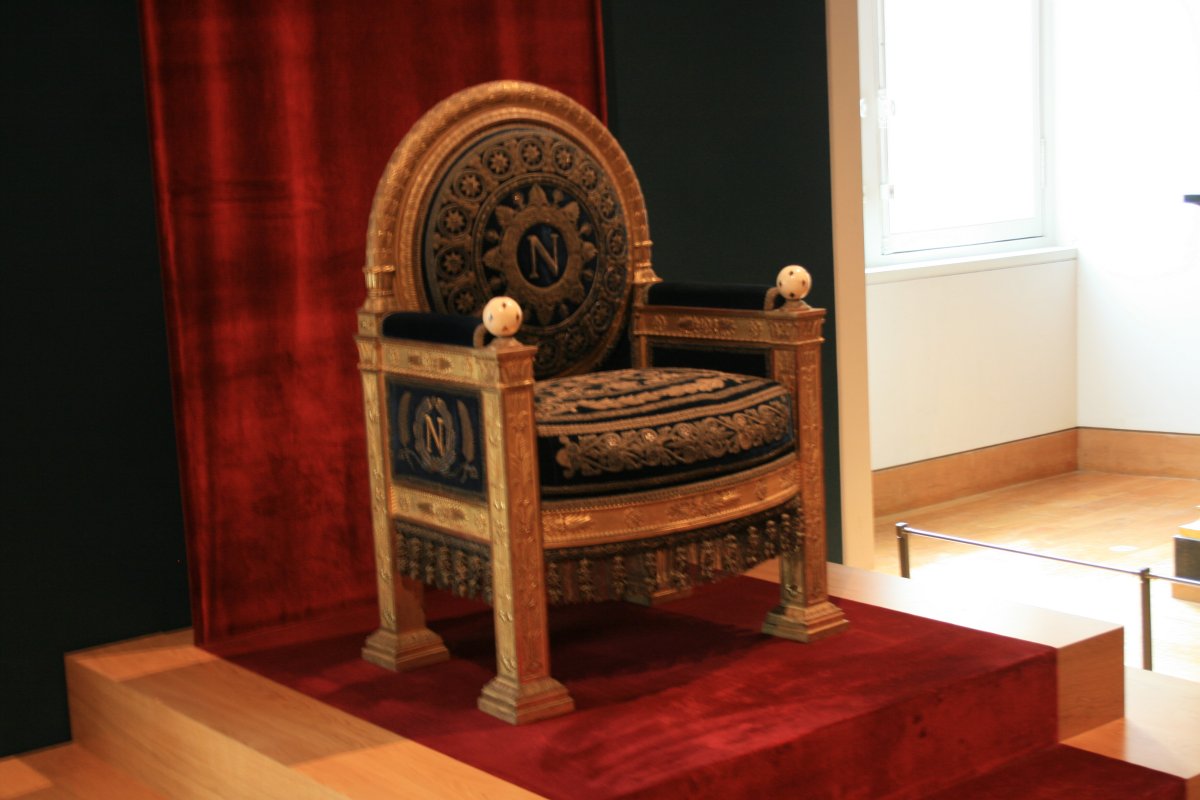
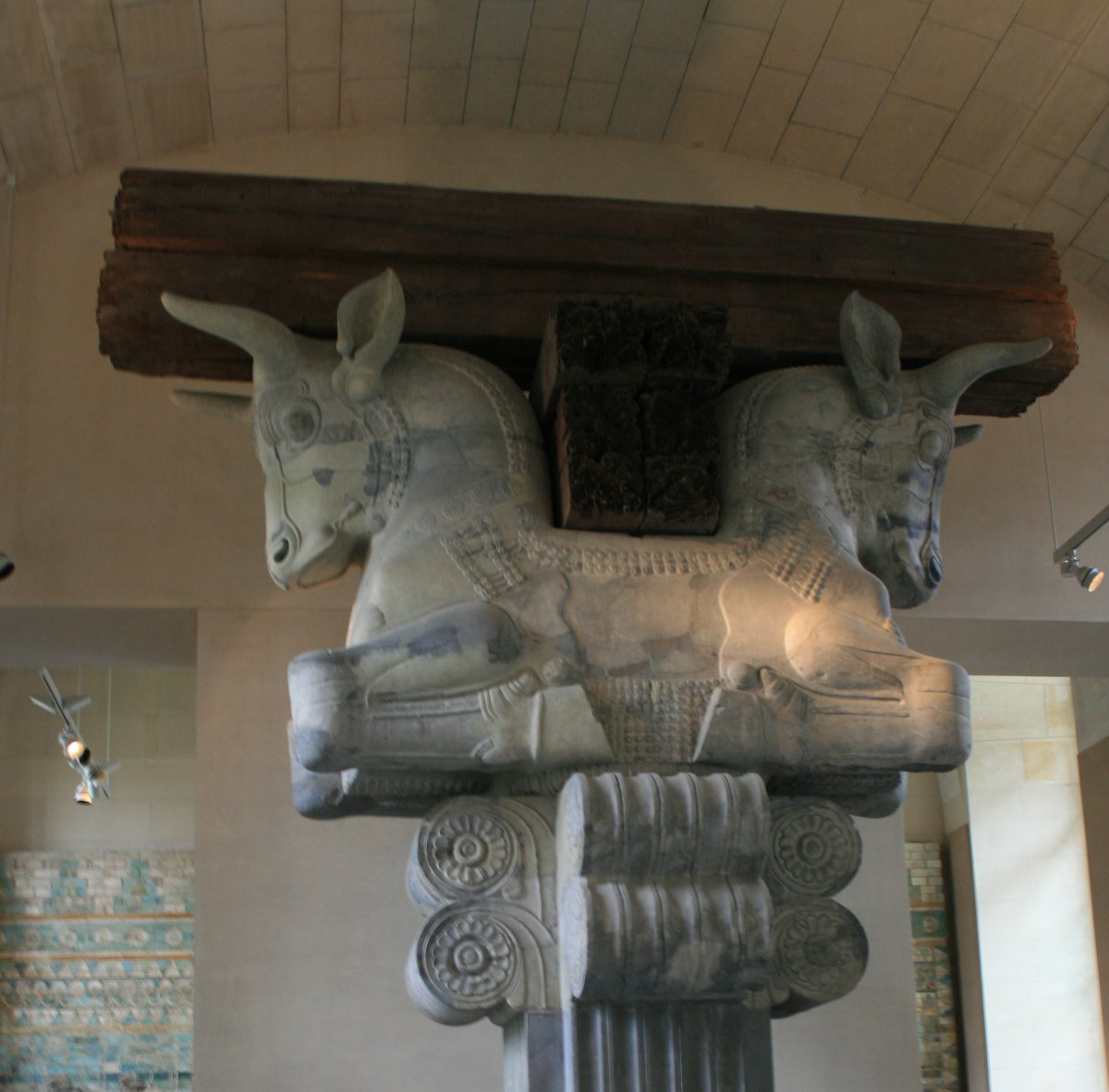
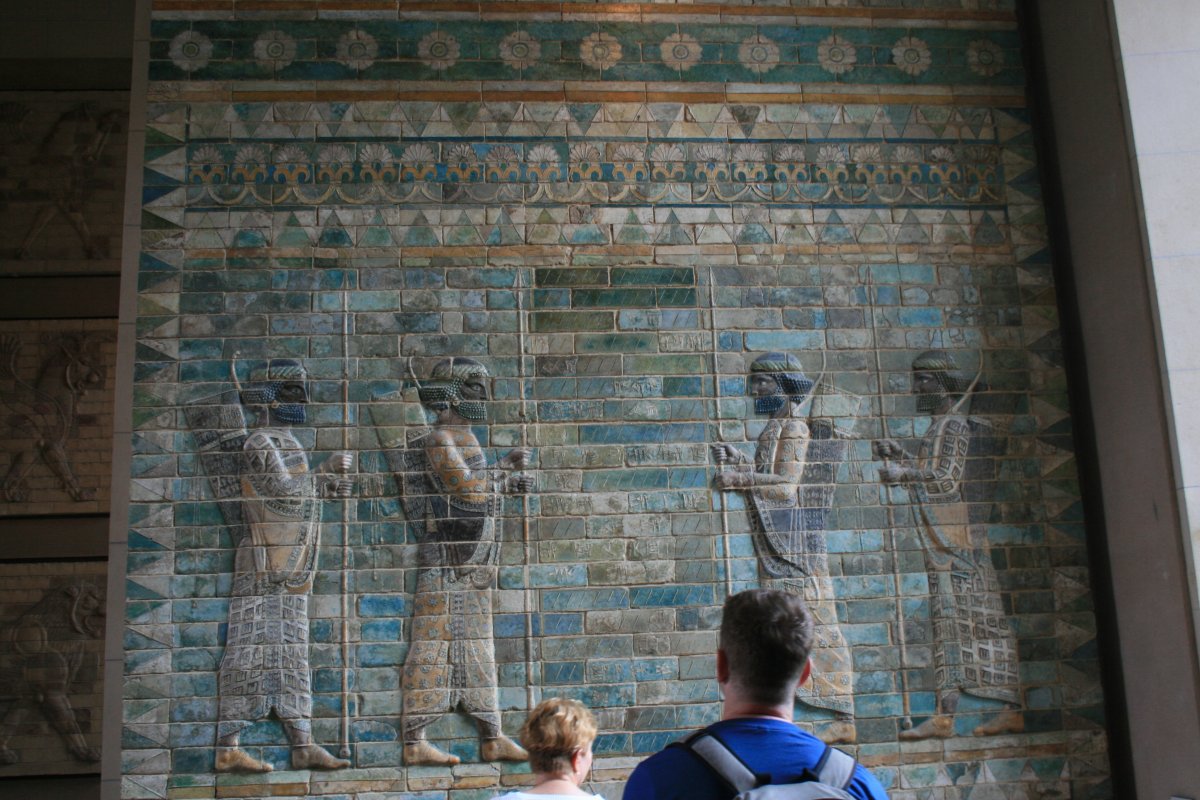
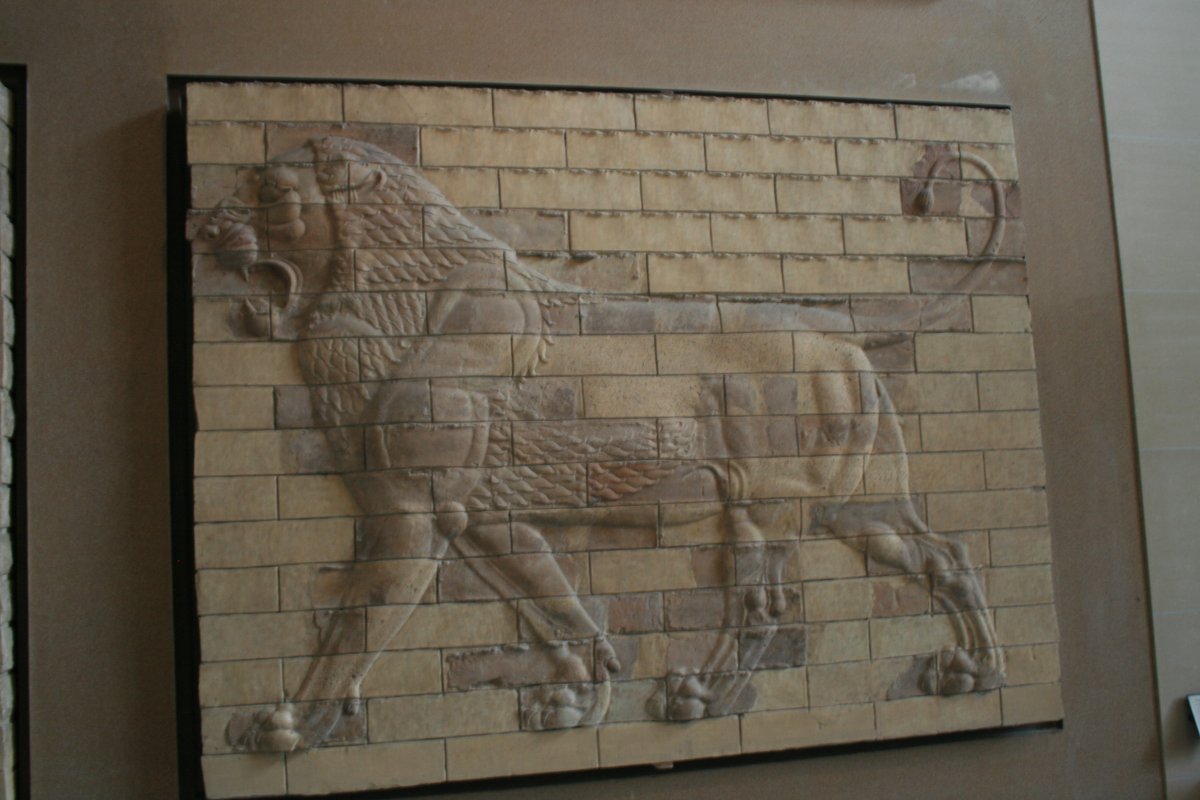
Checking out the Egyptian Antiquities area. Ah, you've seen one Egyptian coffin, you've seen them all.


The Louvre is a must-see when you are in Paris. It's huge, though. It would probably take two or three full days to do it justice.
Leaving the Louvre, we headed west to the Arc de Triomphe du Carrousal.
